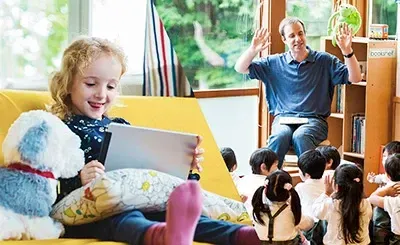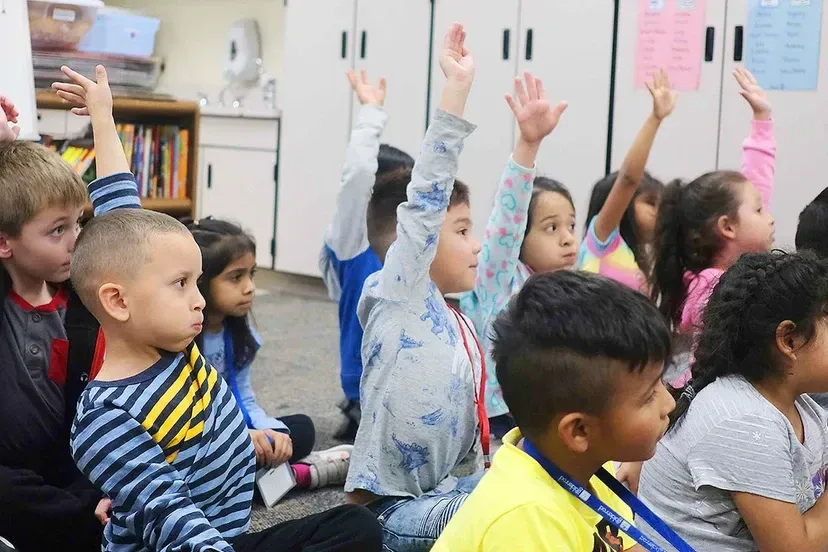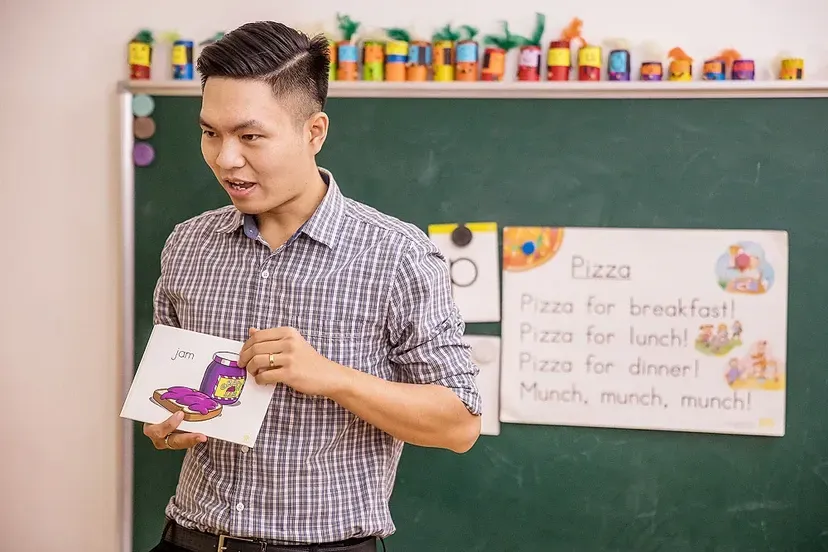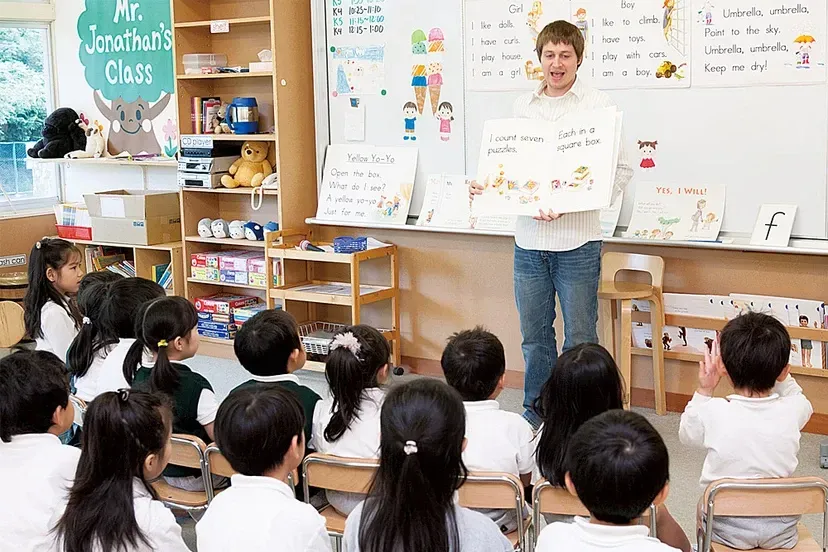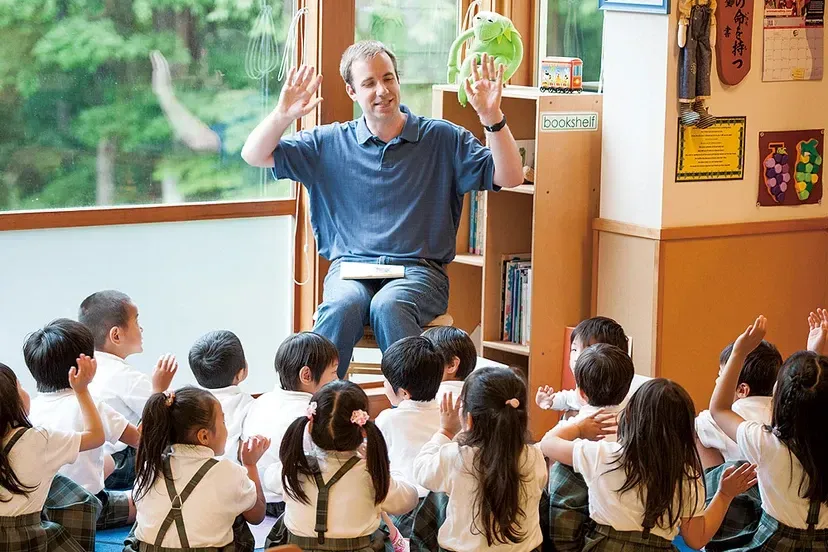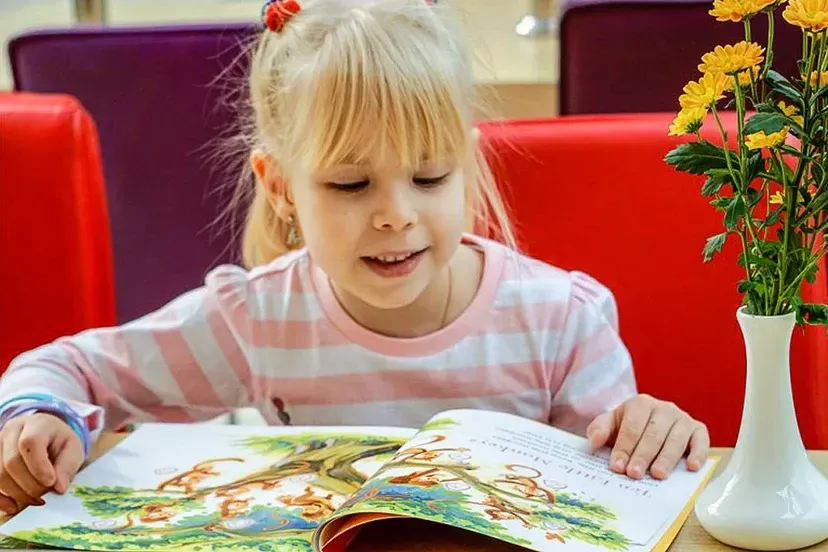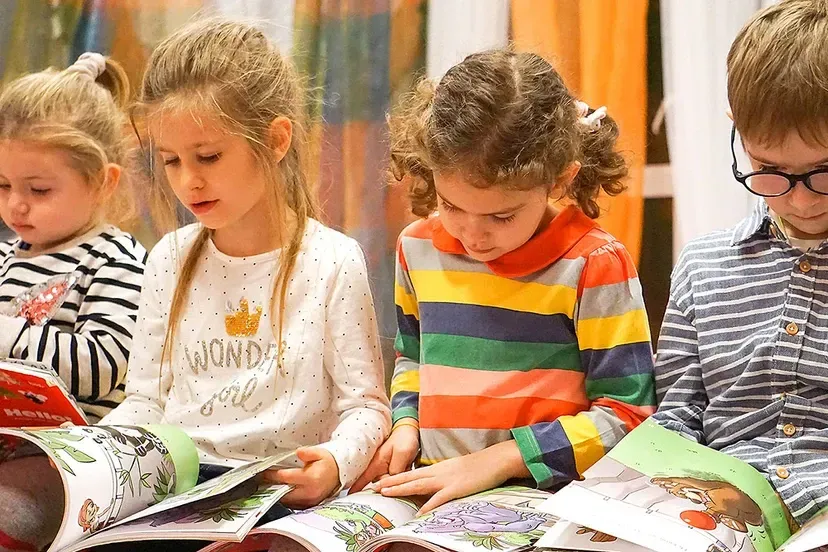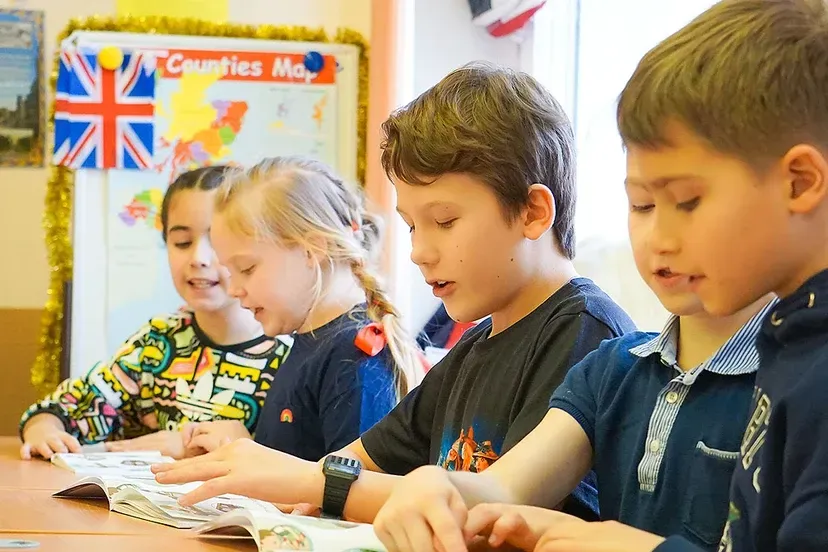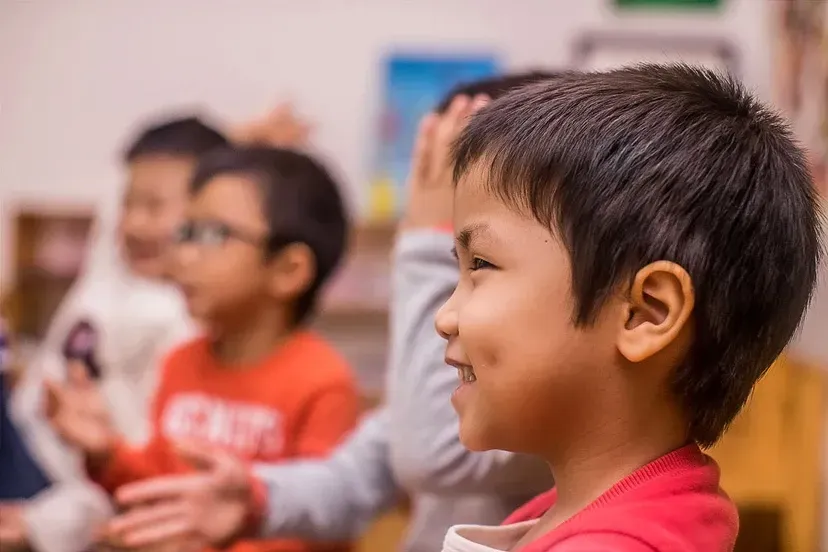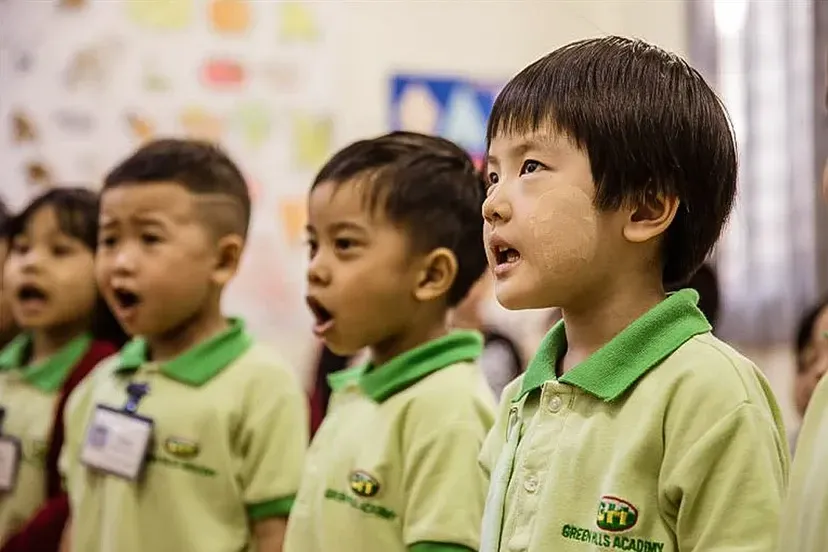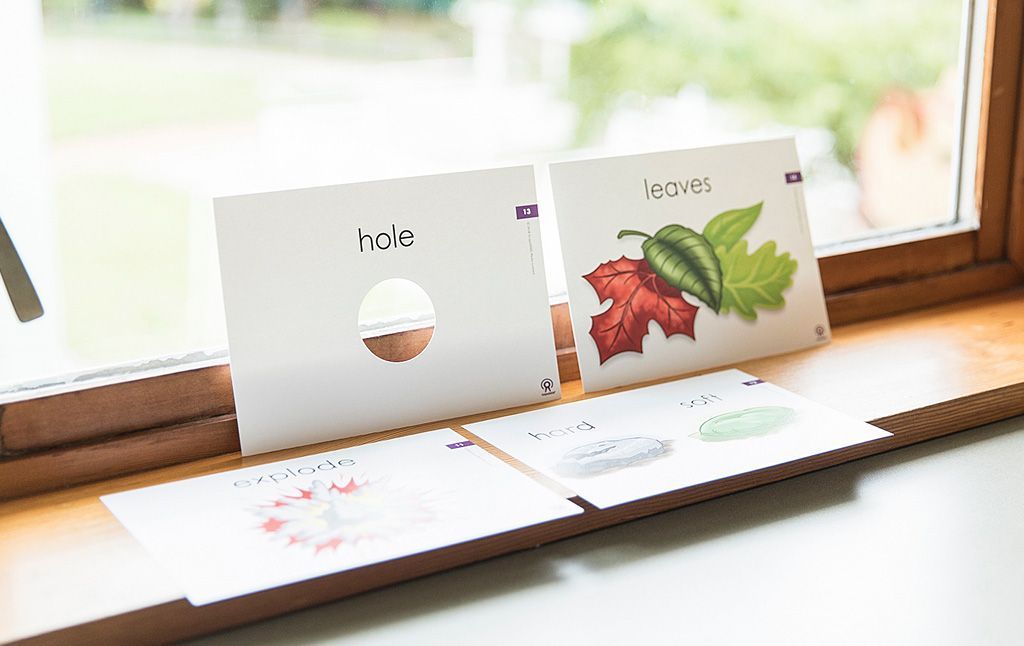Welcome to GrapeSEED
For over 50 years, we at GrapeSEED have been invested in a singular mission: the success of the next generation. We exist to give parents hope for the best possible life for their children and teachers the tools they need to be successful.
GrapeSEED Learning Outcomes
GRAPESEED CURRICULUM
Core Components
At GrapeSEED, we know a variety of teaching tools are needed to assist children when learning a language. Every curriculum component has a purpose, and together, they make a rich language learning opportunity.
Learn how each curriculum component contributes to the GrapeSEED experience.
FLEXIBLE CLASSROOM MODELS
Implementation Options
At GrapeSEED, we strive to meet the unique implementation needs of each GrapeSEED school. Our individualized, flexible implementation solutions get GrapeSEED classes fully operational quickly to support the goals of our schools, teachers, and students.
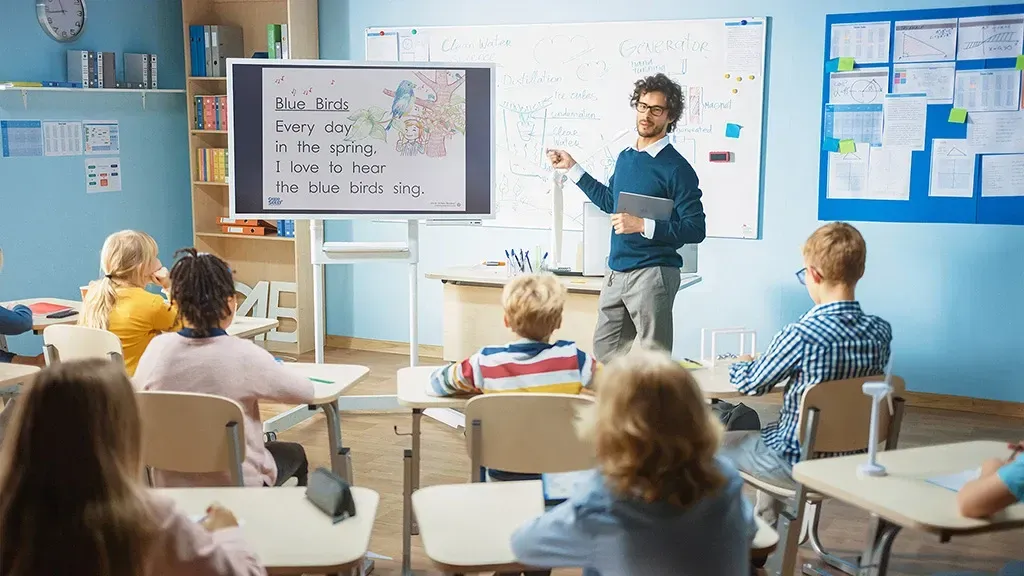
Technology for Success
How does GrapeSEED utilize digital tools to ensure a fun, convenient, and impactful experience for everyone? Check out our Technology page for more details on some of the tools we offer:
- GrapeSEED Portal: Comprehensive digital suite for educators, administrators, and parents
- GrapeSEED Nexus: All-in-one app for teachers to broadcast lesson materials on a smartphone, TV, or other monitor
- GrapeSEED Connect: Synchronous online classroom plat form for ideal remote teaching
- Student App: Companion app allowing students to enjoy GrapeSEED at home

